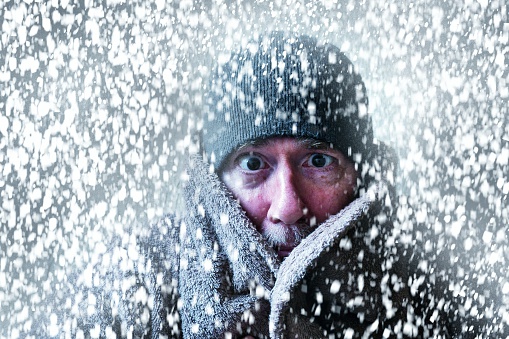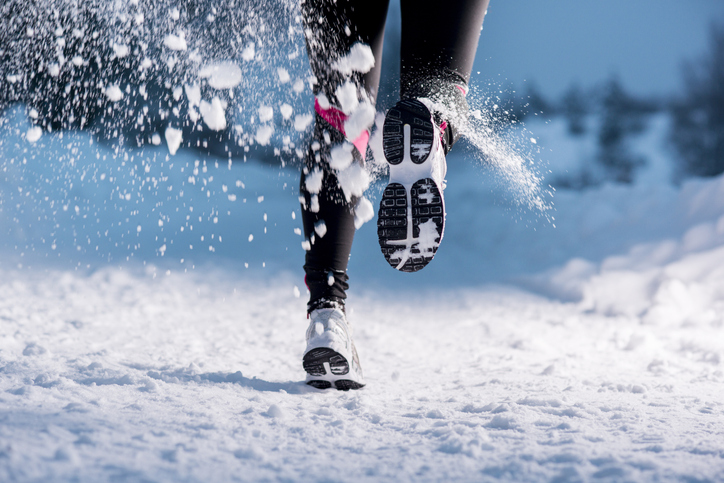When to take your workout indoors
Running is a great way to get outdoors during the winter, but sometimes you're better off taking your workout indoors
 Photo by:
Getty Images
Photo by:
Getty Images
Canadian winters can be long and unforgiving, but as runners, we still bundle up and head outdoors in all kinds of weather to get our miles in. Here at Triathlon Magazine Canada, we encourage everyone to get outside and run during the winter, but even we have our limits. While you can run in most weather as long as you dress for it, there are times when you’re far better off taking your workout indoors.
Extreme cold
Anywhere down to -20 C is safe for running as long as you wear plenty of layers, but after that things start to get dicy. Once you reach -25 C or lower, your risk of frostbite increases significantly. Plus, many runners find that heavy breathing in air that cold irritates their lungs, which is even more of an issue for runners with respiratory conditions like asthma. If you decide to venture out in temperatures like that anyway, make sure to cover your face (this will help your lungs, too) and consider shortening your run to avoid frostbite.
Cold rain
A rainy day can be risky even in temperatures as warm as 15 C. This is because cold water removes heat from the body at a much higher rate than cold air, and damp, cool or cold conditions can quickly lead to issues with fingers, toes and skin, which can eventually lead to hypothermia. If you choose to go outside in conditions like these, make sure you’re wearing clothes that act as a water barrier, and remove your wet clothes as soon as possible when you get back inside.
Related: How to dress for winter running
Freezing rain
All the same issues that exist in cold rain are the same with freezing rain, only they’re amplified. On top of that, freezing rain usually means road conditions are icy, increasing your chances of falling and injuring yourself. All of this to say that when ice starts falling from the sky, either take the day off or bring your workout indoors.

Heavy snow
Running during a snowstorm is a bad idea for obvious reasons, but you should also use caution when heading out after the snow is already on the ground. There may be patches of ice hiding underneath the snow that can cause some pretty nasty wipeouts, and slipping and sliding around in the snow can sometimes be a one-way ticket to a pulled groin or a strained hamstring. If you’re going out in these conditions, it is best to wear a good trail shoe with a rubber outsole for more traction, or even some trail spikes to prevent so much sliding.
Related: Enjoy the cold: Tips to make the most of winter running
Extreme wind chill
Wind chill can easily take a -10 C degree day down to a -20 C day, and it’s important to factor this in when deciding whether to go outside to run. Your body loses heat when you’re exposed to cold air, and this is accelerated in the wind because the air moves over your skin repeatedly and steals its warmth. Air that is cold enough and moving fast enough can cause heat loss that can damage the body, particularly the skin, and can also lead to frostbite. When the wind chill is really strong, you are probably better off staying inside, but if you do choose to go out, make sure you’re wearing a high-quality wind-proof jacket.
